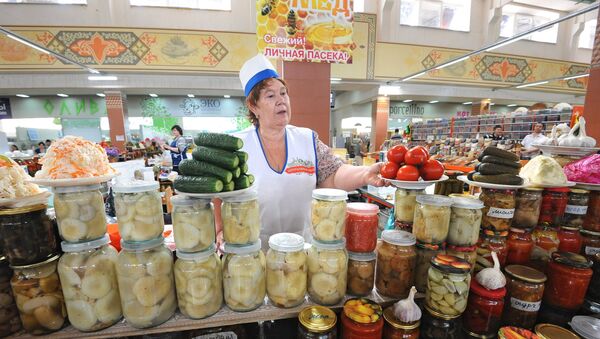If we are to expect the rise of mega-cities to continue in the years and decades ahead, how important is it to keep an eye on small business?
“Historically, cities have risen to big size when there’s a strong economic base, that then provides not only the first round of employment, but also all the smaller like services… The problem is that you have in the developing world the cities that do not have the kind of economic development… and yet they still have the huge population… Cities now rise not because of the economy, but they rise because people in the countryside are so poor that they go to the city just for a living,” says Joel Kotkin, distinguished Presidential Fellow in Urban Studies at Chapman University in Orange, California, and an internationally-recognized authority on global, economic, political and social trends.
Current statistics say that small and medium-sized enterprises (SMEs) account for about 20 percent of GDP in Russia, which compares to more than 50 percent and up to 70 percent of GDP respectively in the US and EU. Also, employment in SMEs makes up only about 30 percent of total employment in Russia.
Market watchers say that low availability of financial resources is one of the key challenges for small and medium-sized businesses in Russia, especially in the industry. It is also widely believed that SMEs face more severe problems in accessing external capital than large enterprises, which is mainly attributed to the fragmented nature of the country’s banking sector still in transition. Lending to SMEs is historically seen as a high-risk activity, which also explains the predominance of short-term financing to SMEs, while interest rates and spreads are high, typically between 14%-17% and even higher in the regions.
Robert Eysoldt, a creative consultant and member of the board at Create Berlin e.V., gives his view on small business in Russia.
“When we go to Moscow everything is a little bit more expensive, and the possibility to drive from A to B is a bit harder than in Berlin, for example,” Robert Eysoldt said.
Robert stresses the importance of building a basement for small businesses in Russia as there’s a direct connection between the small business and the big business. The key issue here is to see that small business is not swept under the rug.

